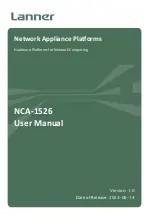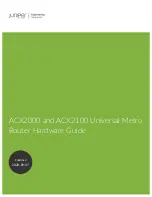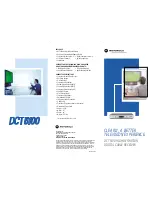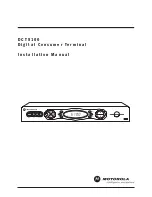
26
FAQs
Tips
Why do I need to use
a launch and receive
cable?
A launch cable allows the OTDR to settle
down after the initial pulse and provides
a reference cable for testing the first
connector on the fiber under test. A receive
cable provides a reference cable for testing
the last connector of the fiber under test.
What is the purpose of
the Live Mode?
With a launch cable, the Live or “real-time”
mode may be used to quickly view many
short fiber links. It can also be used to
quickly “trace” short fiber link fibers.
What is the advantage
of the Expert Auto
Mode?
User is able to select a single
l
and have the
OTDR set the other test parameters.
Can I save traces for
viewing later?
Yes. There is a dedicated
Save
key. In the
Main Menu “File Tab”, set up the location/
folder (Internal, CF, or USB) to save the file,
the file naming format and fiber number.
The fiber number will increment after each
trace is saved.
Test in feet or meters?
If you know your fiber distances in feet, it
may be beneficial to measure distances to
events/faults in feet.
Fiber loss specifications are given in
dB/km. Therefore it is often beneficial to
measure fibers in meters/kilometers when
loss results are required.
Expert OTDR Setup
RANGE: Length
• Too Short: you will not capture the
entire fiber length
• Too Long: trace will be squashed to left
side of Screen
• Good Range: 1.5 to 2 times length of
actual fiber
PULSE WIDTH:
• Too Narrow: trace disappears into noise
floor before end of fiber is reached
• Too Wide: events can not be resolved
• Good Pulse Width: Events can be seen
and trace is smooth
AVERAGES:
• Too Few: Trace is noisy, trace floor is
too high
• Too Many: Trace is smooth but wastes
time
• Good Number of Averages: smooth
trace



































